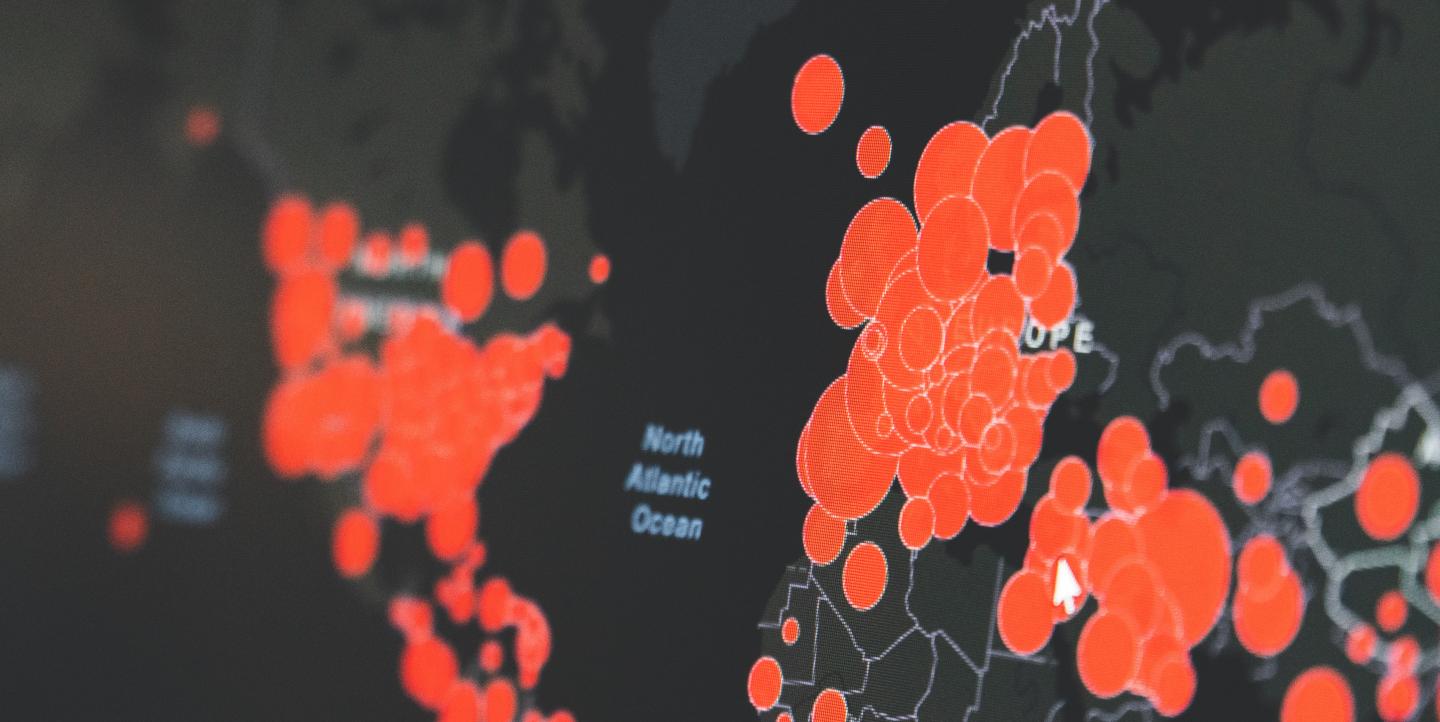This article is part of our online coverage of reporting on COVID-19. To see more resources, click here.
As COVID-19 continues to spread, journalists around the world are working tirelessly to provide the latest news on the pandemic for their audiences. For reporters who don’t have experience covering health and science news, delivering updates on COVID-19 can be very difficult.
SciLine, which connects journalists to scientific experts, recently held a webinar for journalists of all backgrounds that provided guidance on covering COVID-19.
Panelists included Laura Helmuth, health and science editor for The Washington Post; Caroline Chen, a health care reporter for ProPublica and Georges C. Benjamin, M.D., executive director of the American Public Health Association.
We’ve compiled the best tips from SciLine’s below:
[Read more: Past health crises can inform reporting on COVID-19]
Gathering sources
DO: Collect multiple sources
Helmuth advised reporters to connect with people at hospitals, universities and government agencies.
Every reporter should have at least an epidemiologist, a lab expert and a local health officer on their team, added Chen. These contacts will be able to provide critical information for stories, and act as helpful off-the-record sources to provide context for new information and fact-check government statements.
DON’T: Forget to do background research
Once you have your list of sources, it is important to carefully vet the information they give you as a precaution, Dr. Benjamin said. He reminded the audience that COVID-19 is “a multi-sectional, multi-agency issue,” and advised reporters to never neglect government agencies that deal in health and healthcare.
[Read more: The role of solutions journalism in reporting on COVID-19]
Rapid reporting
DO: Be transparent
News surrounding COVID-19 is constantly updating. In order to most effectively report on COVID-19, while keeping up with the news cycle, Helmuth and Chen suggested showing readers the process of collecting data and up-to-date information in real time.
“Science can be really messy,” Helmuth said, and by showing readers this messiness, it alleviates their anxiety through transparency. Helmuth also stressed that repeating known information is a good thing.
Always provide time stamps for your information in order to avoid circulating numbers that could be outdated by the time of publication, Chen added.
DON’T: Estimate
While you should be precise with subjects like supply and testing capacity, Chen warns against trying to be too precise with numbers that are far less solid, and changing rapidly. Chen calls these estimates such as cases and fatality rates “squishy numbers.” It is important that the audience understands that these are imprecise and changing quickly.
Misinformation
DO: Debunk misinformation
In the hysteria surrounding COVID-19, misinformation and conspiracy theories are inevitably circulated online. When combating these stories, journalists should debunk it by noting the source of the false information, replacing it with facts and explaining why it’s circulating.
DON’T: Become part of the problem
According to Dr. Benjamin, journalists can avoid becoming part of the misinformation problem by making sure their headlines reflect the reporting in their stories.
It’s also important to be mindful of the tone of your writing. According to Chen, the wrong language and word choice can easily cause the audience to panic.
Working with your colleagues
DO: Reach out to other reporters
Journalists everywhere are reporting in uncharted territory together. It’s imperative to reach out to fellow journalists with questions, and to seek their advice.
“Don’t be afraid of getting scooped,” Helmuth said. In this current news cycle, it’s likely a new story won’t be too far away.
DON’T: Be afraid to speak up
Dr. Benjamin also assured reporters that it’s important to push back against editors trying to change the fundamentals of their stories.
Covering the long term
DO: Focus on your community
Though there is pressure to constantly publish new stories as new information on COVID-19 is released, the panelists also reminded viewers that the “big picture” hasn’t changed. Details and data about the spread may change, but the prevention information will stay relevant for months.
Journalists covering COVID-19 in the long term should also turn their attention towards how the virus is affecting local communities. Chen said you can easily find your next stories by simply asking the question, “What population do I care about that’s being neglected?”
DONT: Forget to humanize this crisis
In a time of such uncertainty and negativity, it’s important to focus on the human angle. First-person stories are effective to show the audience that there are people behind the numbers and statistics. When used correctly, these stories also generate positive reader response and high engagement.
It is important for reporters to combat alarm by balancing fear with facts and suggestions. For example, when writing about people clearing stock from grocery stores, add facts about how hoarding is unnecessary and suggest where and when to shop.
Main image CC-licensed by Unsplash via Martin Sanchez.

